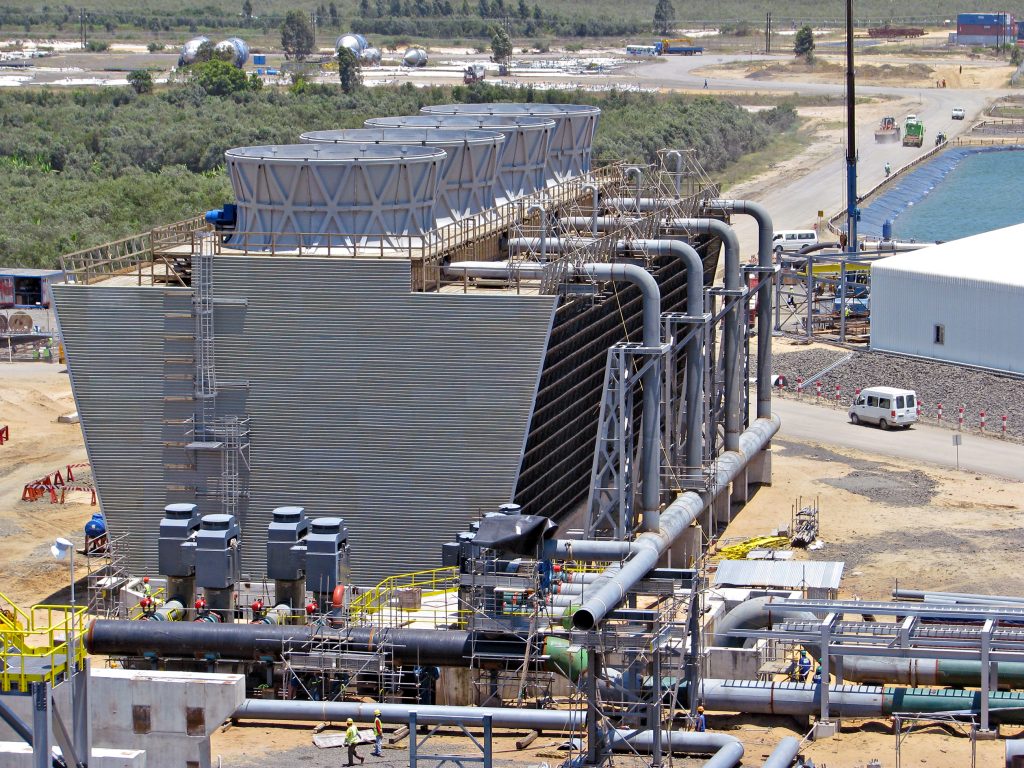The chemical treatment of wood used in wooden cooling towers serves several critical purposes, primarily to extend lifespan, prevent biological degradation, and maintain
structural integrity in harsh, water-exposed environments. Here’s a detailed breakdown of its roles:
1. Prevent Rot & Fungal Decay
- Problem: Untreated wood is vulnerable to:
- Soft rot fungi (breaks down cellulose).
- White/brown rot (destroys lignin and cellulose).
- Solution:
- Copper-based preservatives (e.g., ACQ, CCA) kill fungi.
- Creosote or pentachlorophenol (for severe decay resistance).
2. Termite & Insect Resistance
- Problem: Submerged wood attracts termites, carpenter ants, and marine borers.
- Solution:
- Borate treatments (disrupts insect metabolism).
- CCA (Chromated Copper Arsenate) – Toxic to insects (now restricted in some regions).
3. Algae & Biofilm Control
- Problem: Warm, wet conditions promote algae/bacterial slime, clogging fills.
- Solution:
- Algicides (e.g., copper compounds) inhibit growth.
- Biocides (e.g., DBNPA, isothiazolinones) prevent biofilm.
4. Waterproofing & Dimensional Stability
- Problem: Wood swells/cracks with repeated wet-dry cycles.
- Solution:
- Water-repellent sealants (e.g., wax emulsions).
- Polymer coatings reduce moisture absorption.
5. UV Protection (For Exposed Parts)
- Problem: Sunlight degrades lignin, causing surface cracking.
- Solution:
- UV-resistant stains/oils (e.g., pigmented epoxy coatings).
Common Chemical Treatments for Cooling Tower Wood
| Treatment Type | Purpose | Example Chemicals | Limitations |
| ACQ (Alkaline Copper Quaternary) | Fungal/insect resistance | Copper + quat salts | Corrodes fasteners |
| CCA (Chromated Copper Arsenate) | Rot/termite resistance | Copper + chromium + arsenic | Toxic; banned in some countries |
| Creosote | Heavy-duty decay prevention | Coal tar distillate | Not for potable water; messy |
| Borate | Insect/fungus prevention | Disodium octaborate | Leaches in water exposure |
| Copper Naphthenate | Mild environments | Copper + naphthenic acid | Green discoloration |
Application Methods
- Pressure Treatment (Best for long-term protection):
- Wood is placed in a vacuum chamber, forcing preservatives deep into fibers.
- Brush/Dip Treatment (For maintenance recoating):
- Applied manually during inspections.
Environmental & Safety Considerations
- Avoid CCA near potable water (arsenic risk).
- ACQ is safer but requires stainless steel fasteners (corrosive to galvanized steel).
- Creosote is banned in residential uses but allowed in industrial cooling towers.
Key Takeaways
Chemical treatment is essential for wooden cooling towers to:
